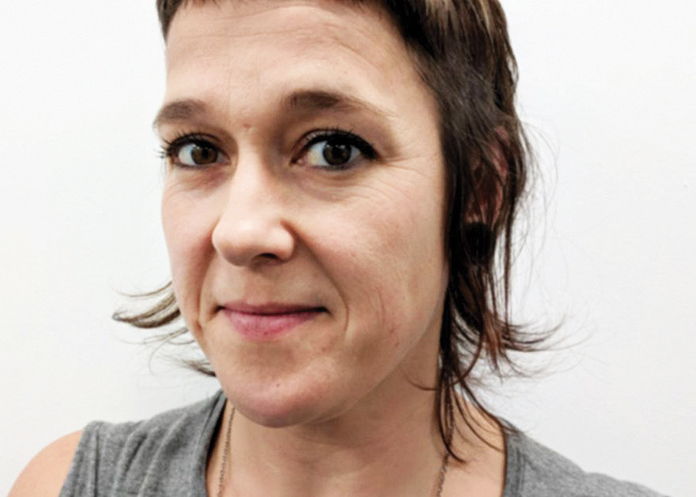Dr Kay Rogage describes an academic and social housing project using smart sensors that could transform how buildings are designed and lived in.
Over the last year, Northumbria University academics, with partners from BIM Academy and the National Energy Foundation, have been working with local housing organisation Your Homes Newcastle to find out more about how its customers live in their homes.
We have been researching the feasibility of a building performance measurement and advice platform currently lacking in the building industry. Smart Connected Buildings set out to be an intelligent data platform integrating building design information, sensor data and user feedback, producing alerts and actionable advice for occupiers, building owners and those who build and maintain properties.
With permission from customers, sensors were placed in seven apartments, monitoring factors such as electricity usage, room temperature, humidity, light and how householders move around the rooms within the building.
The data from sensors is displayed in real time with graphs giving a 24-hour snapshot. This can be used to understand how customers use buildings, provide alerts and advice which will help them live more comfortably, and influence the design of buildings to better reflect customers’ requirements.

Data from sensors is displayed in real time and can be used to understand how customers use buildings.– Dr Kay Rogage
One of the benefits of this system is that it can be customised, so for example an alert could be set up so that when the humidity in an individual flat or room goes above a certain level the building owner or occupant would be notified.
An alert can be made up of one or many different rules. Each rule has a comparison operator such as “greater than” or “less than”, and a value which it is compared against. This value can either be an average over time, making rules possible such as “humidity greater than 20 deg C on average for the past week”, or a distinct value within a timeframe such as “electricity consumption greater than 2,000KWh in the past year”.
This data allows potential issues to be identified. For landlords, the conditions which lead to mould and mildew could be identified before they develop, minimising the costs of treatment, reducing complaints and providing more comfortable living conditions for tenants.
The project has been funded by Innovate UK. We now hope to source additional funding to develop the prototype into a commercial grade software for use by housing associations, property owners, developers and others in the housing and building sector.
The prototype would include additional features, such as the ability to extract data from Standard Assessment Procedure (SAP) reports – used by the government to compare the energy and environmental performance of homes.These contain useful information such as estimated energy consumption and these values could be included into the alert system to automatically trigger an alert if the estimates are exceeded.
Dr Kay Rogage is a research fellow in digital living at Northumbria University and an active member of the university’s BIM Academy research team. She discussed the project at February’s BIM Show Live.
Main image: From left – Dr Kay Rogage, Mark Riley (Your Homes Newcastle), Graham Coulby (BIM Academy) and Dr Adrian Clear (Northumbria University) with the smart sensors (Photo: Simon Veit-Wilson)











